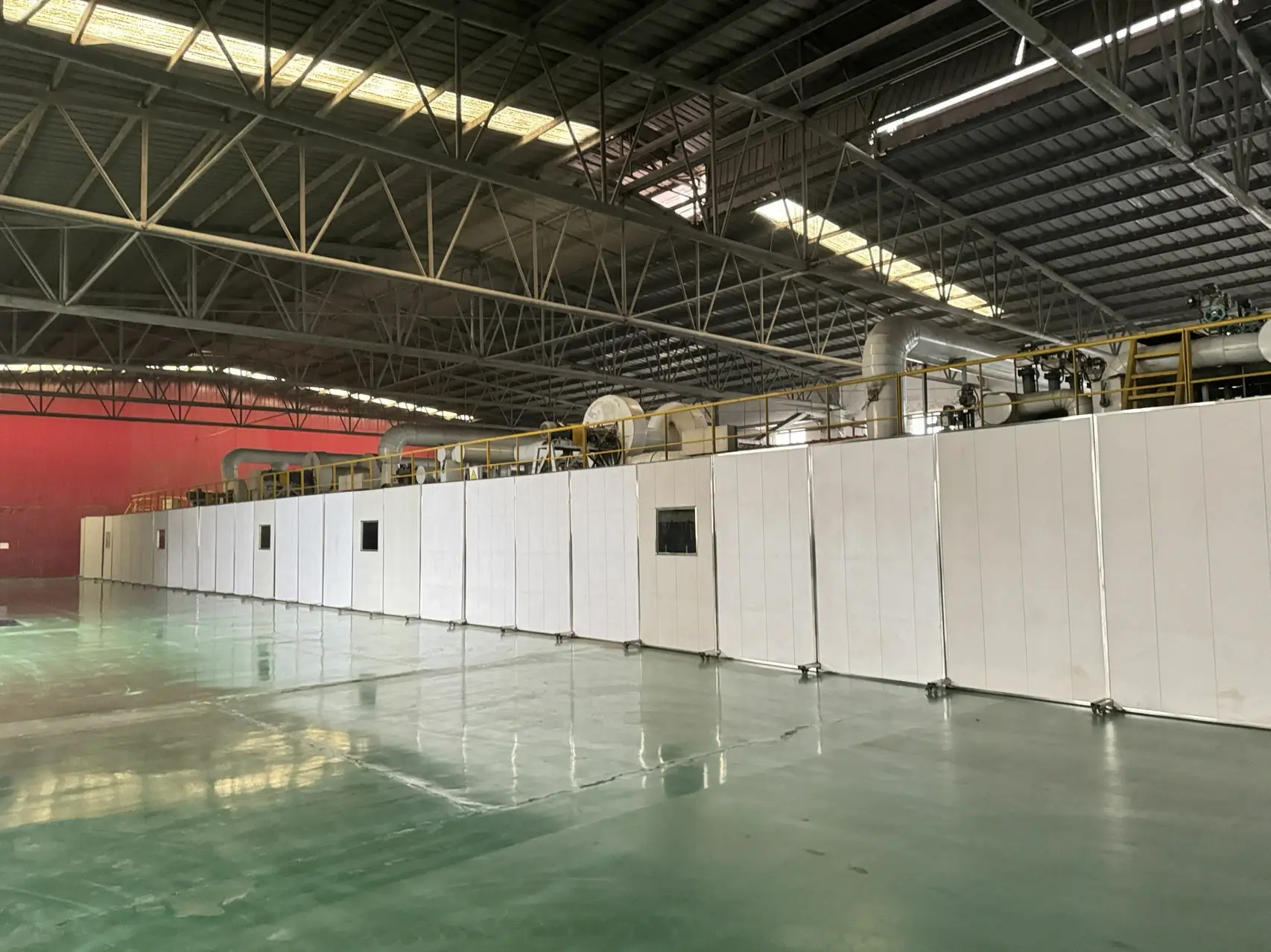

The Allure of Low-E Obscure Glass A Blend of Function and Aesthetic
In the world of architecture and design, glass plays a critical role both practically and aesthetically. One particular type of glass that has gained prominence in recent years is low-emissivity (low-E) obscure glass. This innovative material combines energy efficiency with an intriguing visual quality that has made it a preferred choice for modern buildings and homes.
Understanding Low-E Glass
Low-E glass is distinguished by its special coating that reflects infrared energy while allowing visible light to pass through. This property significantly improves the energy efficiency of buildings, reducing heating and cooling costs. The low-E coating acts as a barrier, preventing heat from escaping during winter while blocking excessive heat from entering in the summer. The result is a comfortable indoor environment all year round.
The Obscure Element
Obscure glass, on the other hand, is designed to obscure visibility. It does not allow clear sightlines, which provides privacy while still admitting light. The qualities of obscure glass range from frosted to patterned finishes, each serving a unique purpose in interior design. When combined with low-E technology, the effects become even more striking. Low-E obscure glass maintains energy efficiency without sacrificing privacy. This makes it an ideal choice for spaces where natural light is desired but transparency is not, such as bathrooms, conference rooms, or residential entries.
Aesthetic Appeal
The aesthetic appeal of low-E obscure glass is undeniable. Architects and designers often seek out materials that comprise both functionality and beauty. Low-E obscure glass offers a subtle elegance, allowing light to diffuse through its surface while maintaining a sense of seclusion. This creates a tranquil environment infused with natural light, enhancing the mood of the space. The soft illumination produced by this glass is much less harsh than that of clear glass, making it an excellent option for residential interiors wanting a cozy ambiance.

Furthermore, the range of finishes available for obscure glass adds to its design flexibility. From finely frosted to soft patterns, each option can complement various architectural styles. In commercial buildings, low-E obscure glass can project an image of professionalism and sophistication, while in homes, it can create intimate and inviting spaces.
Energy Efficiency and Sustainability
In today’s environmentally conscious world, energy efficiency is more than just a luxury—it is a necessity. Buildings that integrate low-E glass are better equipped to meet sustainability standards and reduce their carbon footprint. As energy costs continue to rise, employing materials that can minimize energy consumption becomes increasingly important. Low-E obscure glass not only serves this purpose but also helps in earning points for various green building certifications, such as LEED (Leadership in Energy and Environmental Design).
Versatility in Application
The versatility of low-E obscure glass makes it suitable for a wide range of applications. In residential buildings, it can enhance windows, doors, and partitions, offering both privacy and energy savings. In commercial settings, it serves equally well in office environments, storefronts, and hospitality spaces, where the need for natural light and privacy coexists. The aesthetic flexibility allows designers to adopt the material in innovative ways, integrating it into both classic and contemporary designs.
Conclusion
Low-E obscure glass represents a remarkable advancement in architectural materials. Its combination of energy efficiency, privacy, and aesthetic appeal offers a compelling option for designers and architects looking to elevate their projects. As the demand for sustainable and visually pleasing materials continues to grow, low-E obscure glass stands out as a solution that meets the nuanced needs of modern spaces. By harnessing the benefits of this unique glass, we can create environments that are not only functional but also beautifully designed, reflecting the contemporary values of society. As we embrace innovation in building practices, low-E obscure glass is poised to be at the forefront of the architectural landscape.